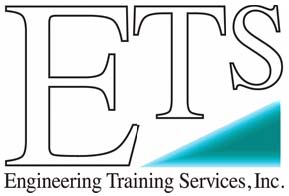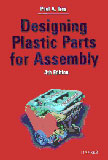Designing Plastics Parts for Assembly
|
Preface to 4th Edition Kishor S. Mehta, Technical Manager, December 1999 Pittsburgh, Pennsylvania
|
I am honored to write the preface for this edition of Paul Tres' Designing Plastics Parts for Assembly. The very fact that this is the 4th edition of the book since 1994, with several reprints of editions in between, speaks of the immense popularity of this work. Success of a product comprising of components made of plastics not only depends on the functional design of the product but how the components are put together. Assembly methods available for parts made of plastics are numerous as compared to those available for traditional materials of fabrication. Thermoplastics, for example, can be joined using ultrasonic welding, vibration welding, spin welding, hot plate welding etc. that softens the plastics at the interface for fusion. They can also be bonded using appropriate solvents. Having the modulus of elasticity in the right range, many engineering thermoplastic parts lend themselves to be snap fitted together with great ease. In addition, almost all the techniques available for metal part assembly like screws, rivets, adhesives etc. can be used for assembly of plastics parts. The choices are quite few making the selection of the right technique a challenge. The challenge continues in having proper design of parts for the assembly technique chosen. The aspect of designing for assembly is crucial for the success of the assembly and can not be overemphasized. Many product failures can be attributed to poor assembly technique chosen or to poor design for assembly. Failure of energy director type of ultrasonic joint in providing a liquid tight seal or splitting of a boss due to high hoop stress created by a thread forming screw are but a few examples. Paul has given a good account of all the latest techniques in use and provided the readers with details of designing for them. The practical approach used by Paul for assembly design makes this book invaluable. The book provides illustrative case histories that teach by example and show how to actually do it. This fourth edition brings more case histories. Plastics are relatively new materials of construction. Assembly technologies for plastic parts are also still evolving. I am sure that future editions of this book will deal with new technologies, as they become available. In the meantime, enjoy this outstanding treatment of assembly technologies for plastics part by Paul in this book.
|

